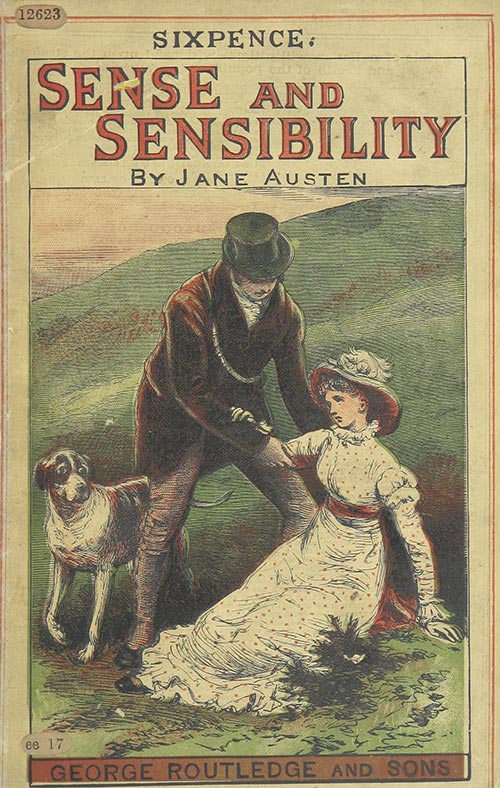In The News
In The Atlantic on Sunday, Devoney Looser discussed the 20-year-old film adaptation of Sense and Sensibility. Directed by Ang Lee, and written by (and starring) Emma Thompson, this adaptation rewrites its male leads (played by Alan Rickman and Hugh Grant) with more modern attitudes and personalities. Specifically, Looser argues they’re given more tenderness towards and acknowledgement of the female characters, which reflected the social attitudes of the 1990s:
The changes Lee and Thompson made to Austen’s original story meant the title Sense and Sensibility no longer alluded to just the characteristics of its heroines. It now applied to the heroes as well, with Rickman and Grant’s characters proving men could combine a heightened emotional sensitivity (“sensibility”) with the traditionally masculine bedrock of clear-eyed rationality (“sense”).
While we know how many fans of other literary greats decry adaptations that modify details and characters, this multi-Oscar-winning film seems to embody the “right kind of changes.”

Further Reading in JSTOR
In “Men’s Responses to Feminism at the Turn of the Century,” Michael Kimmel maps changing attitudes from 1830 to the 1980s, and structures them into three categories: the changing nature of “masculine” and “feminine” concepts, new approaches to child-rearing, and attitudes on sexuality. Theories de- and reconstructing masculinity were sometimes pro-women, sometimes anti-, but all acknowledged that gender parity would benefit men constrained by stereotypes and ideals.
On the specific changes in Sense and Sensibility, check out Anne-Marie Scholz’s breakdown of Emma Thompson’s deviation from the Austen novel. Scholz focuses on differences other than the qualities added to the male leads: the increased presence of the youngest Dashwood daughter, for example, as a way to draw out the fatherliness and compassion in both Grant’s and Rickman’s characters. Eleven-year-old Margaret Dashwood functions both as the explicative character (the one who says what everyone else is thinking) and, Scholz argues, as a new model of womanhood, one not tethered to the social norms of the early 1800s:
Margaret’s request for more open discourse is clearly not satirized within any of the scenes where she offers her third viewpoint. The viewer recognizes that, unlike Mrs. Jennings, Margaret is requesting not gossip but open communication.
For a wider look at all the Austen adaptations (and even the print spin-offs, from Becoming Jane and The Jane Austen Book Club to Bridget Jones’s Diary), Dianne Sadoff offers “Marketing Jane Austen at the Megaplex.” Sadoff rejects the idea that the enduring power of Austen, and the regulars updates of her works, speaks to the ongoing frustration with gender expectations. Instead, Sadoff believes the newest crop of remakes only reflects a Hollywood machine going back to basics – capitalizing on (huge) existing audiences and bridging to potential new fans at the same time:
As filmmakers seek to consolidate previous audiences with new demographics by age and national location, Regency characters have been updated, narrative tone freely adapted, cultural settings and point of view altered.
In this context, all adaptive changes are permissible when they reflect their audiences back at them.







